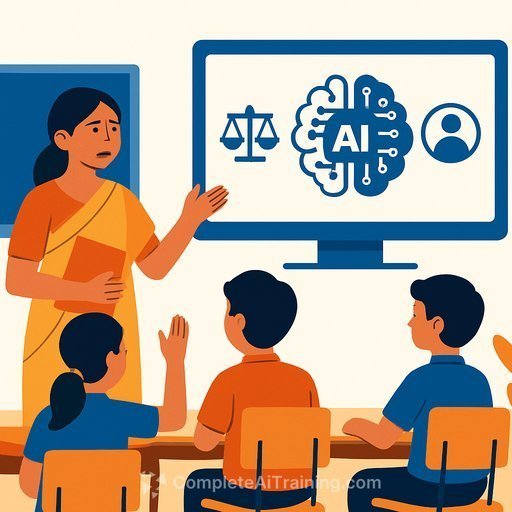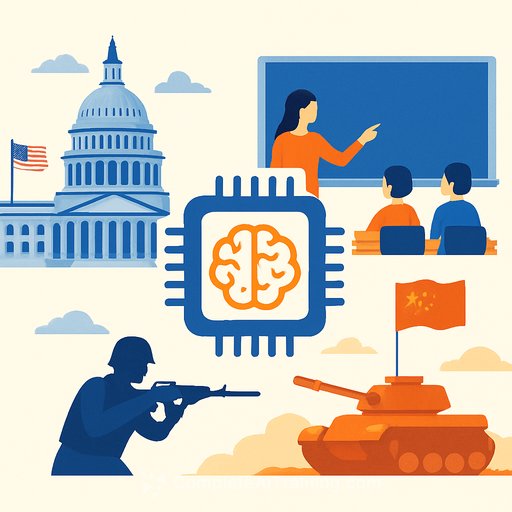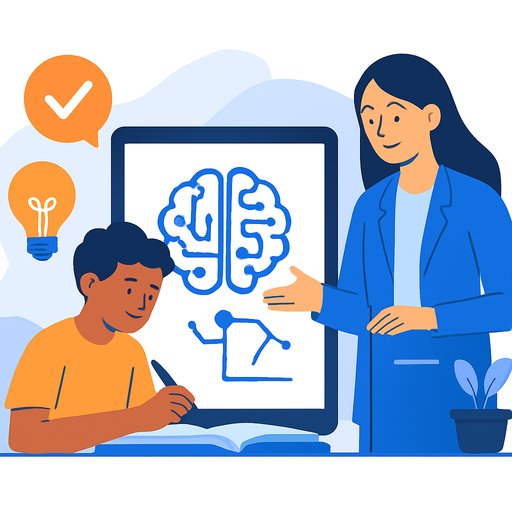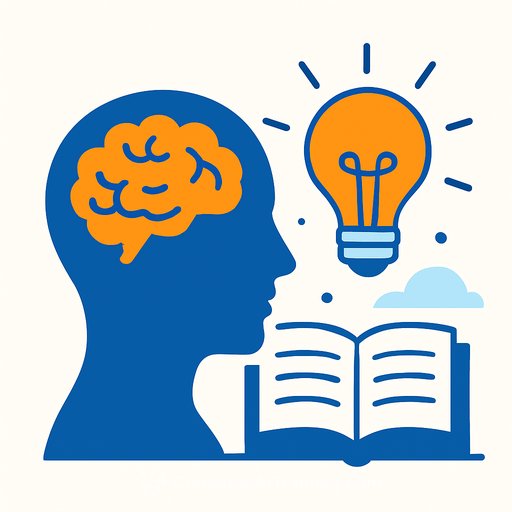AI for Good: Four Initiatives Setting a High Bar for Ethical Learning
Artificial intelligence is changing how we teach and learn. The question is whether we build it in ways that respect students, protect privacy, and grow critical thinking. UNESCO's recent prize highlights four initiatives that prove it can be done well-and at scale.
Four projects leading by example
- Belgium - AI4InclusiveEducation: Equips youth from disadvantaged communities with civic knowledge about AI. Students examine algorithmic bias and misinformation through locally relevant topics, building media literacy and agency.
- Brazil - Piauí Inteligência Artificial: Integrates AI fundamentals and ethics into the public school curriculum, reaching about 90,000 students each year. The focus: informed use, responsibility, and future-ready skills.
- Egypt - Mahara-Tech: Delivers inclusive, Arabic-language AI training to 600,000+ users. Courses stress transparency, fairness, and accountability-making ethics accessible at scale.
- United Kingdom - Experience AI: Reaches over a million learners across 24 countries. Through open-source tools and teacher training, students question everyday AI-from social feeds to search engines-and think critically about outcomes.
UNESCO's guardrails: practical, global, and human-first
UNESCO has kept ethics front and center since 2018, issuing the first international framework on AI ethics for its 193 Member States. The guidance is clear: technology should serve learning, dignity, and inclusion-never the reverse.
In 2023, UNESCO released the first dedicated guidance on generative AI for education and research, followed by 2024 competency frameworks for students and teachers. Recommendations include age-appropriate safeguards-such as a minimum age of 13 for student use-paired with practical training.
Impact is concrete: thousands of educators and decision-makers trained across 100+ countries, with 58 countries receiving direct support to develop AI-inclusive policies, curricula, and certified digital skills programs.
UNESCO Recommendation on the Ethics of AI
UNESCO Guidance on Generative AI in Education
Why this matters for educators
These programs show what works: ethical literacy, teacher enablement, and local relevance. They also show what to avoid: blind adoption, opaque tools, and policies that ignore equity. The outcome is trust-students learn with confidence, and teachers stay in control.
Practical steps you can apply now
- Set policy basics: Establish an AI use policy with clear roles, consent, and a minimum age of 13 for generative AI.
- Teach AI literacy: Address bias, misinformation, data privacy, and how recommendations are made. Use real local examples.
- Adopt open tools where possible: Favor explainability and teacher oversight. Document tool choices and data flows.
- Start small, measure, iterate: Pilot one unit or department. Track outcomes, bias checks, and student feedback.
- Invest in teacher training: Build confidence before adoption. Pair PD with classroom-ready materials and model lessons.
- Protect data: Use strict access controls, minimal data collection, and vendor contracts that ban secondary data use.
- Align assessment: Make expectations explicit. Separate process from product; value critique, citation, and reflection.
Ethics is the core feature
Fairness, transparency, privacy, and respect for human dignity are not add-ons; they are the criteria for adoption. With these in place, AI can enhance lifelong learning and support teachers-without replacing the human relationships that make education work.
On AI's growing emotional intelligence
Recent examples-like an AI composing a heartfelt note-hint at software that can mirror empathy. That promise raises the stakes for classrooms: we need clear boundaries, ethical norms, and guidance that prioritizes human judgment.
Keep your faculty future-ready
If you are building staff capability, explore curated AI learning paths for educators and academic teams.
The takeaway
UNESCO's prize winners prove that ethical, inclusive AI in education is achievable at scale. Pair clear policy with teacher training, center student wellbeing, and choose tools you can explain. That's how schools build trust-and real results-with AI.
Your membership also unlocks:






